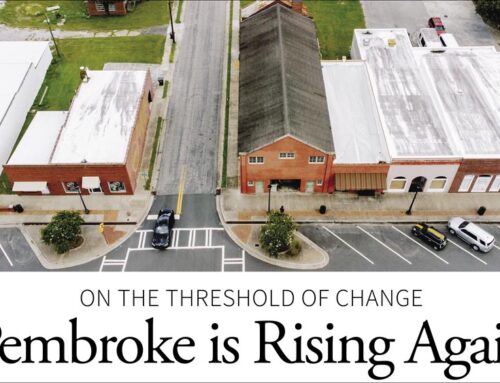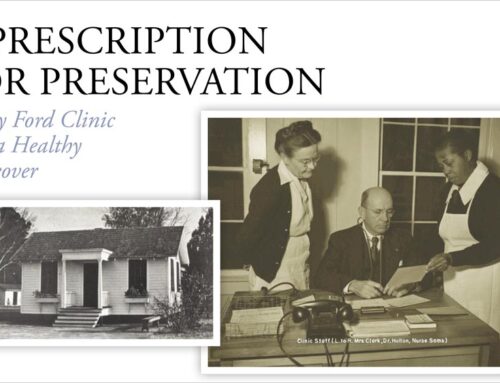
The Story of Hilton-Dodge Lumber Company
WORDS BY Christy Sherman
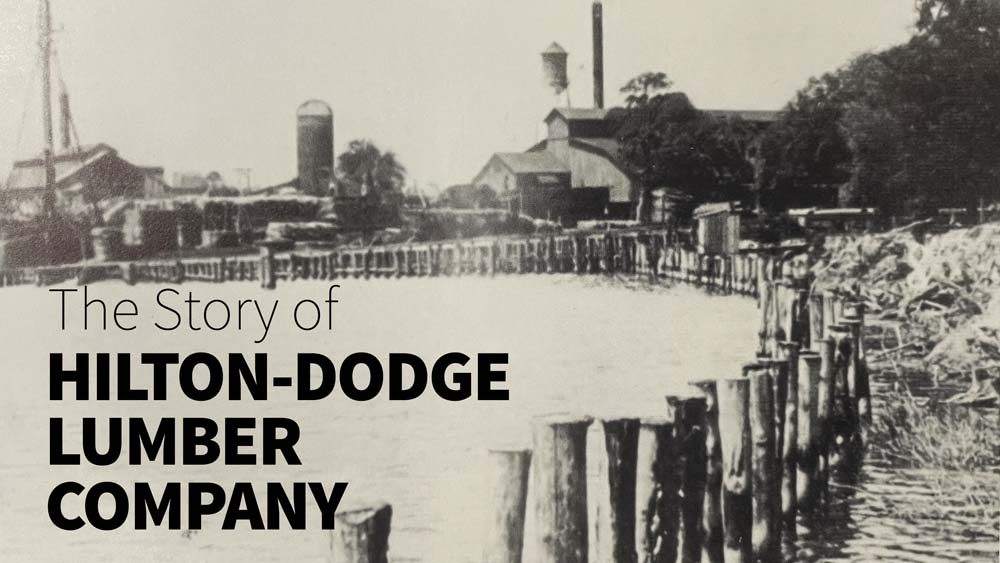
Belfast Keller Road is seeing a lot of changes these days, including a new interstate exit, the replacement of an aging bridge over Interstate 95, lighted roundabouts, the 1,000-plus acre Belfast Commerce Park, a connection to the new Great Ogeechee Parkway, housing, and a new high school and elementary school. Because there is so much seemingly undeveloped land, it might be natural to think nothing ever happened there; on the contrary, Belfast Commerce Park was not the first to bring jobs and housing to this area. In fact, another industrial park of sorts operated nearby from 1899-1916. Its workforce was sizable enough to provide housing, a school, a commissary, medical care, a railroad, and even a hotel. The need for a post office, which operated from 1904-1916, gives us another clue about the population’s size during that time.
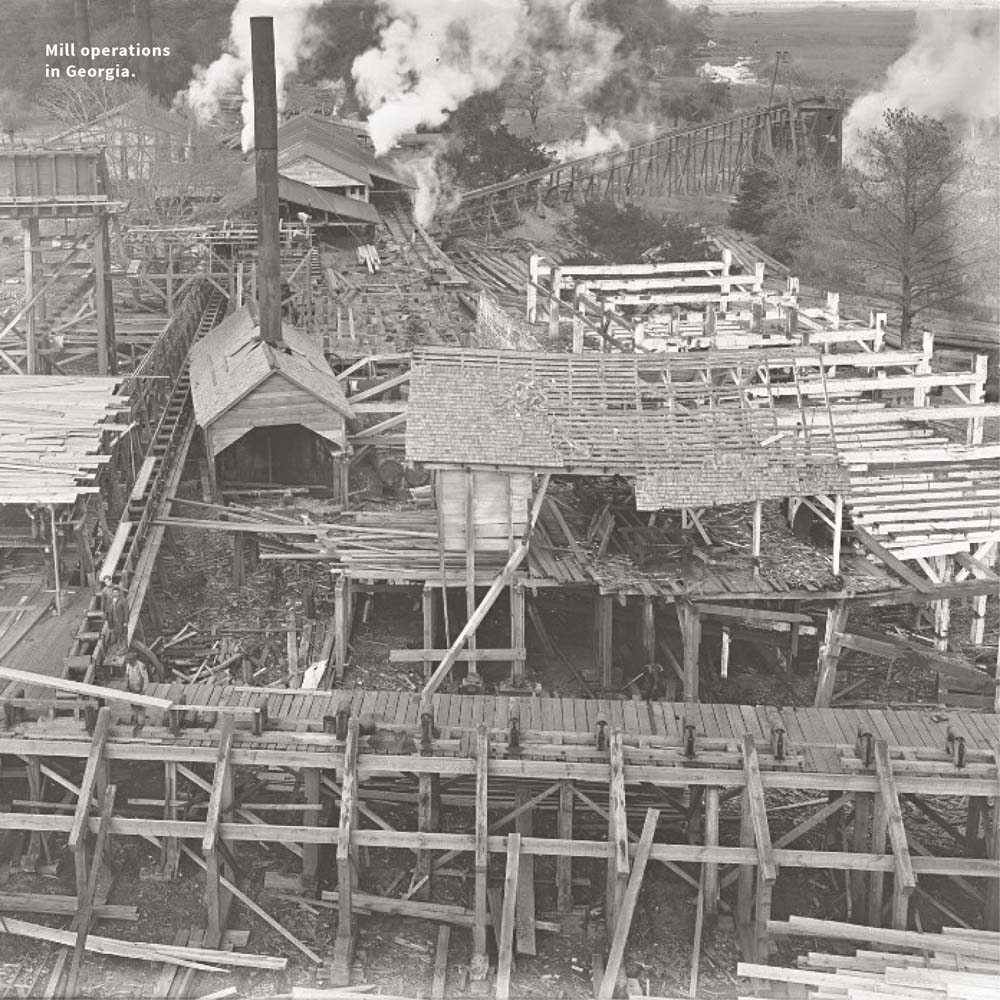
The project was the Hilton-Dodge Lumber Company, which encompassed 25,000 acres of timberland under lease or purchase near the Belfast River. The company started in Darien, Georgia, as Thomas Hilton & Sons, which later became Hiltons and Fosters, and still later, Hilton Timber & Lumber Company. After mergers with other lumber companies, including interests of Norman W. Dodge, which consisted of two mills on Saint Simon’s Island, it finally became the Hilton & Dodge Lumber Company. This created a monopoly in the yellow pine business on the east coast. By the year 1900, the business was booming, shipping most of the timber industry’s record 112.5 million linear board feet of timber and lumber right out of McIntosh County.
A lease agreement, signed in 1899, between the Hilton-Dodge Lumber Company of Darien, and B.S. Butler, to expand into Bryan County, at Belfast, granted the lessee “All the pine trees and timber standing, lying down or being upon that certain tract or parcel of land situated on the 20th District G.M., Bryan County, Georgia…. together with all the rights and privileges for the building and constructing of roads and tramways for the cutting, hauling, and removing of said timber and trees with right of egress and ingress…for five years from the date hereof…”. The Belfast site was situated on lands once owned by the Maxwell and Harden families, who, at one time, owned Belfast, Republican Hall, Waterford, Tipperary, Egypt, and Buckland Hall plantations along the Belfast River during colonial times. Other local records document land purchases and lease agreements made on other nearby rivers.
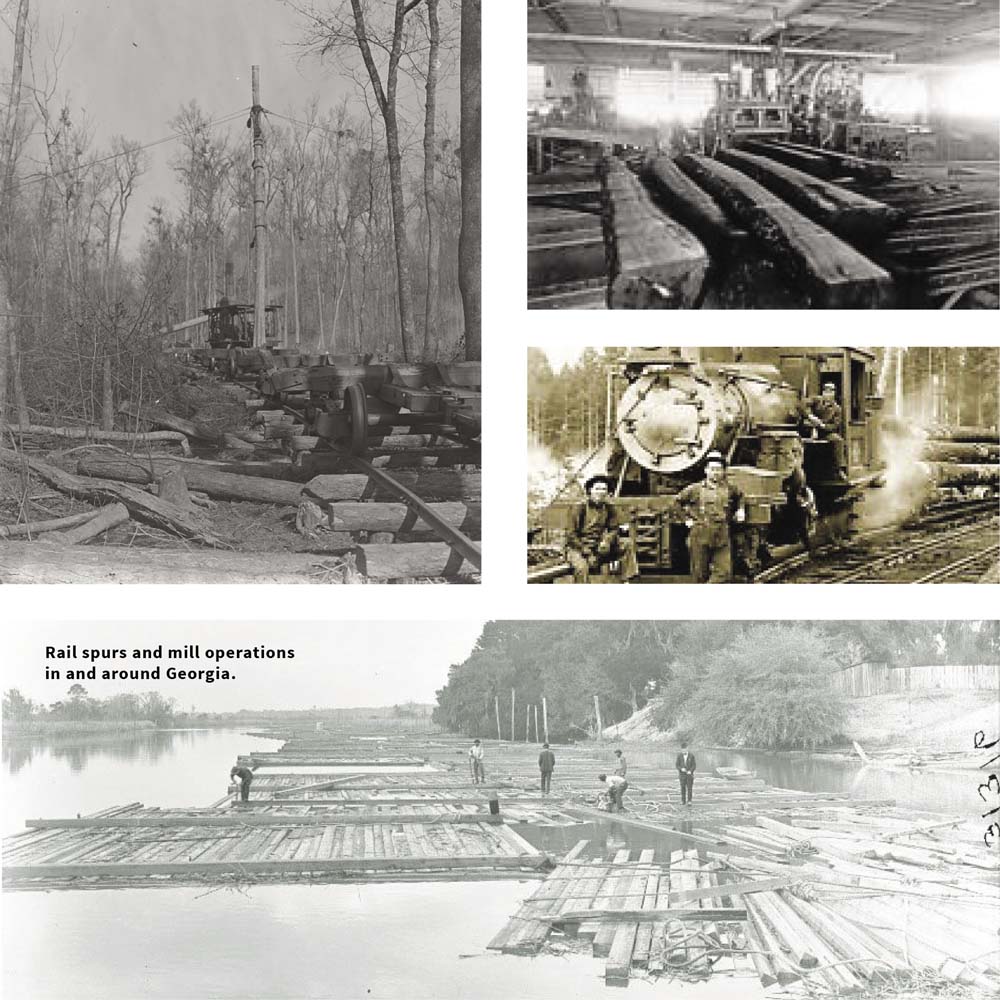
The new mill harvested Loblolly Pine in Bryan County, used for furniture, posts, pilings, crates, and boxes. The lumber was shipped by boat or by rail. Three and four-masted schooners docked at the mill and transported three hundred and fifty to five hundred thousand feet of lumber. A railroad spur was added from the mill site to the Seaboard Air Line Railway, approximately six miles to the west. The rail also provided transportation to timber buyers and visitors to the mill, who often stayed overnight at the mill’s own hotel and workers who needed to go to Savannah.
Most workers who did not have their own homes on Bryan Neck lived in a “camp” environment built up around the mill, while those in supervisory roles lived in wood-frame cottages on either side of a sandy road that ran parallel to the river. Ten-hour shifts resulted in $1 per day in wages, or 10 cents an hour. Having workers living and working on-site presented some challenges to local law enforcement. Illegal moonshine stills cropped up in the woods around the site. Often, fights broke out between the workers, so much so that a doctor was hired for the facility. The Bryan County Sheriff often made visits by a two-mule team to deal with trouble sometimes associated with payday. A resident doctor also proved valuable for injuries that inevitably occur at a facility where large machinery and few safety regulations exist. One notable injury was reported in a local newspaper about a young boy attacked by a “wildcat” who had jumped out from behind a stack of lumber and attached himself to the boy’s leg.
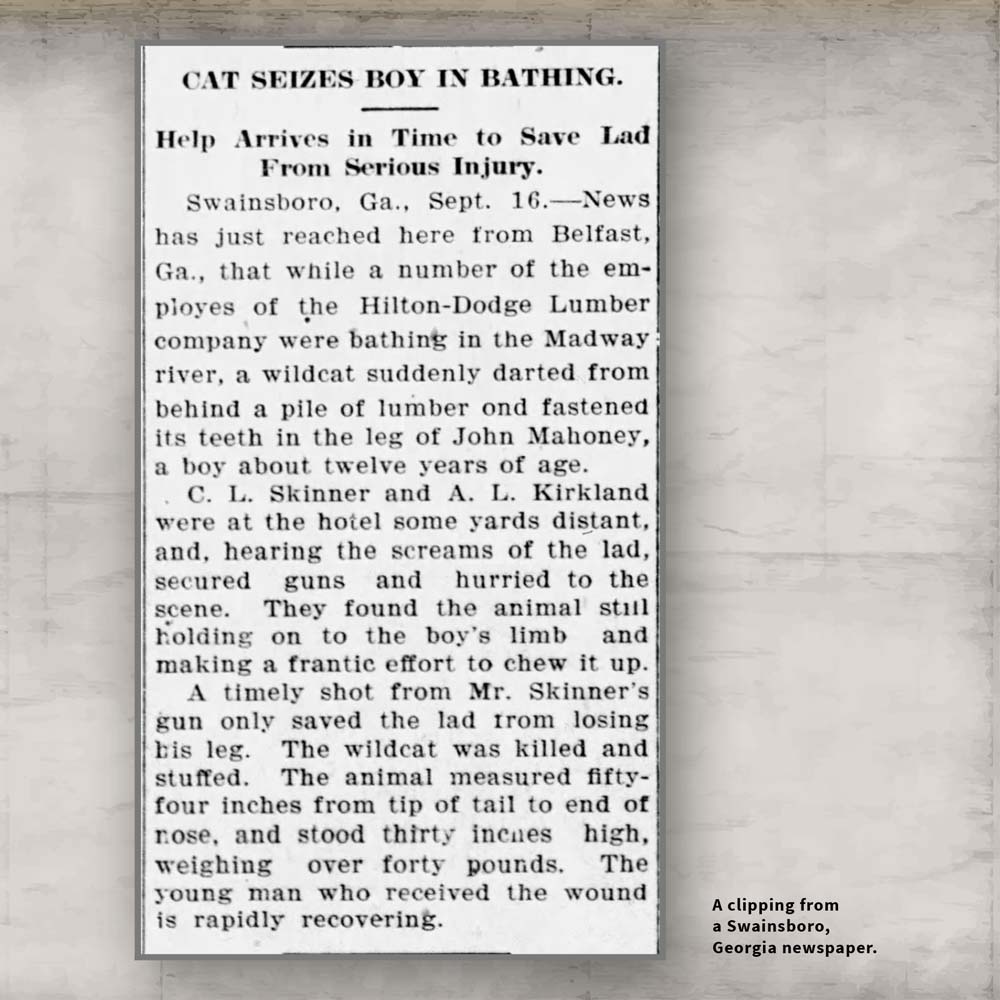
Activity at the Belfast site ended in 1916 before the Hilton-Dodge Lumber Company went into receivership. Over cutting timber in local forests, overrun of product at the mill, and declining timber prices are believed are believed to have been factors. Almost a decade later, in 1927, Henry Ford purchased the former mill site and International Paper Company later. Today, waterfront homes dot the bluff on the Belfast River where the sawmill was located.












